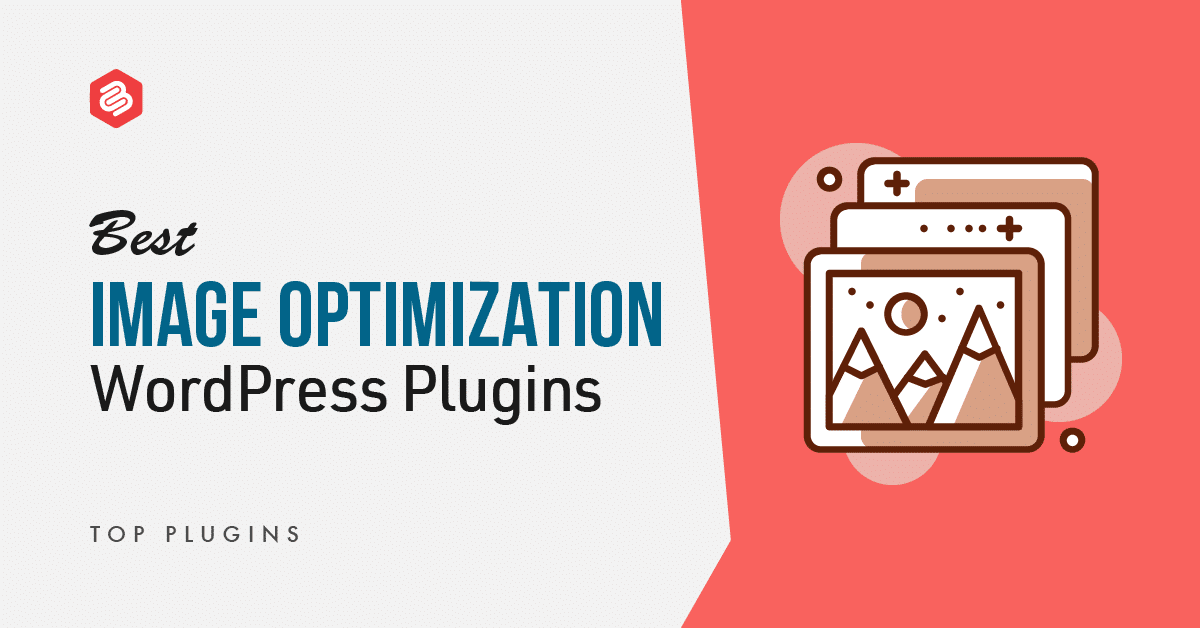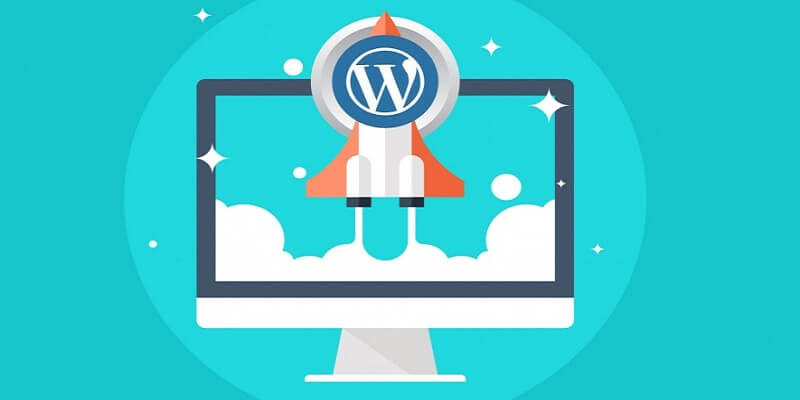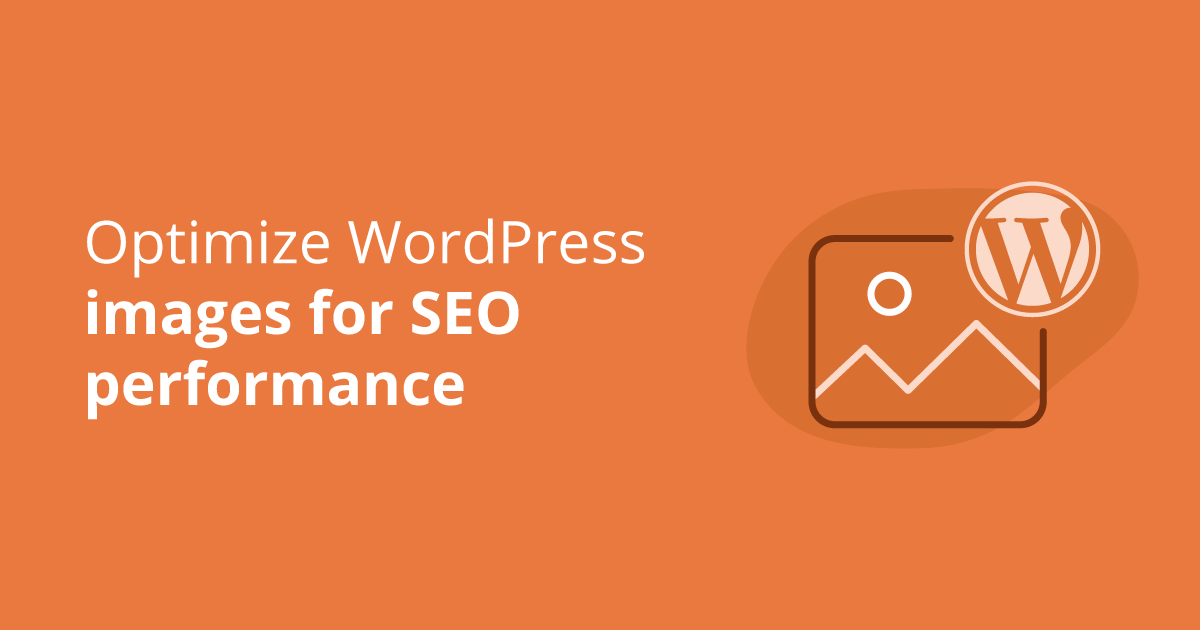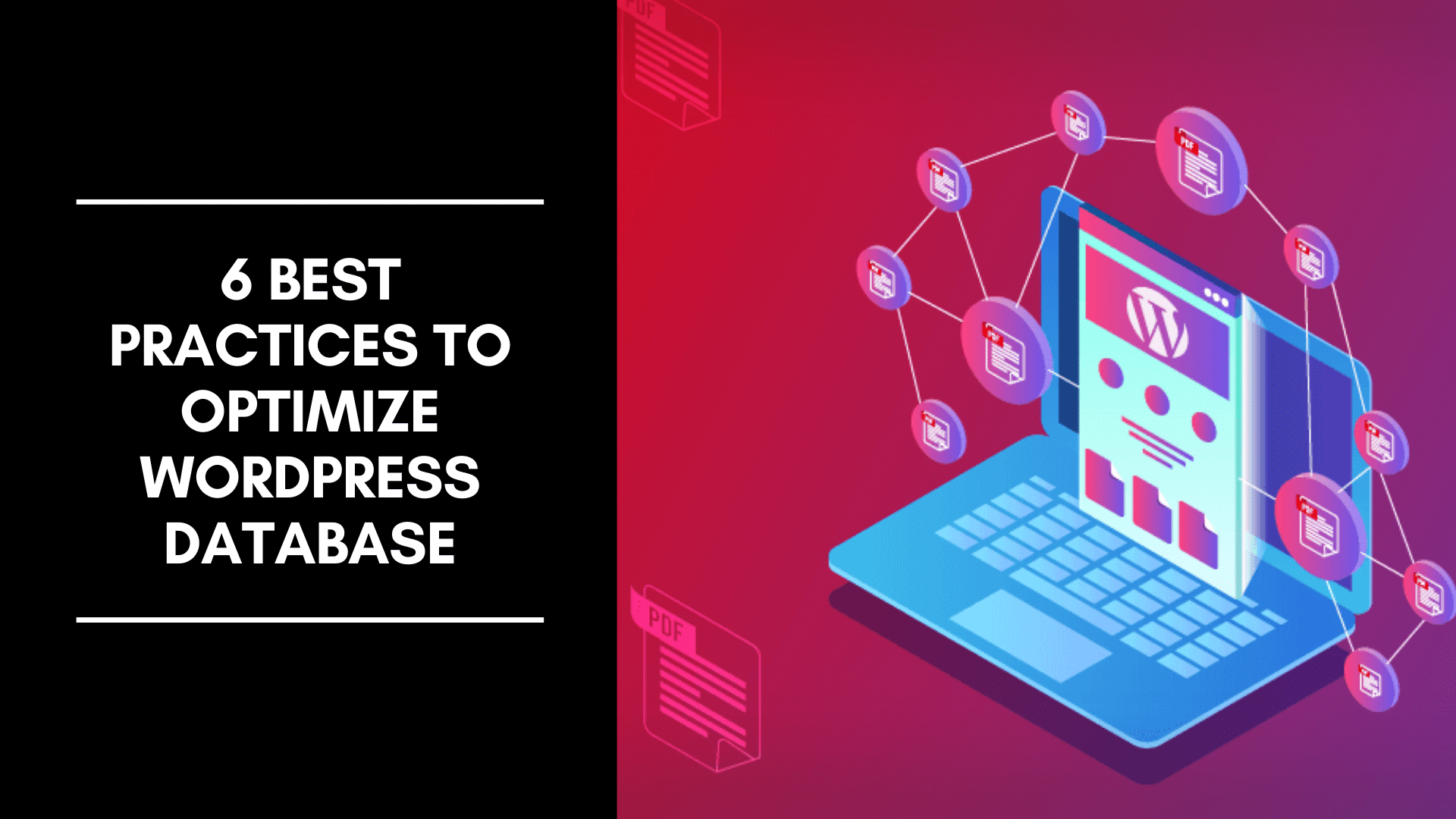

Optimize images for wordpress how to#
If you want to learn how to use Imagify to bulk compress and resize images on your WordPress site, check out our full guide on how to bulk compress and resize images. The original file size was 1.325 MB, but that dropped to 633 KB after resizing it (and further dropped to 408.7 KB after using Imagify to compress it). How big is the difference? We resized a JPEG image that was 3,000 px wide to 1,500 px. Just as with compression, you can also use Imagify to bulk resize all of the existing images on your site: To automatically resize images as you upload them to your WordPress site, you can use the same Imagify plugin from above. If your blog’s content area is 750 px wide, that means you should resize images to 750 px ( or maybe double it to 1,500 px if you want to offer high-quality images for Retina screens). All things equal, an image that’s 3,000 px wide has a much larger file size than an image that’s 1,000 px wide.įor this reason, you always want to resize your WordPress site’s images to the dimensions that you’re using them. If you upload images with dimensions that are significantly wider than your website’s content area, you’re not getting any benefit in image quality, but you are greatly increasing image file size. For example, the content area on the blog you’re reading right now is only ~750 px ( on desktop). Most websites only have content areas that are 700-1,000 px wide. Resize Images to Further Reduce File Size After Imagify compressed the image, the file size dropped by 77% to 74 KB.

How big is the difference? We took an uncompressed JPEG image of 326 KB and used Imagify to optimize it. Imagify will automatically compress new images you upload to your site and also lets you bulk optimize your existing images.
Optimize images for wordpress free#
To easily compress the images on your WordPress site, you can use the free Imagify plugin. The exceptions would be photographers or other visual artists where image quality is paramount. Learn more about lossy vs lossless compression.įor most websites and blogs, lossy compression is the best option. There might be a small change in quality, but it’s usually not visible to the human eye unless you use an aggressive lossy compression algorithm. Lossy – a much larger reduction in file size.




 0 kommentar(er)
0 kommentar(er)
